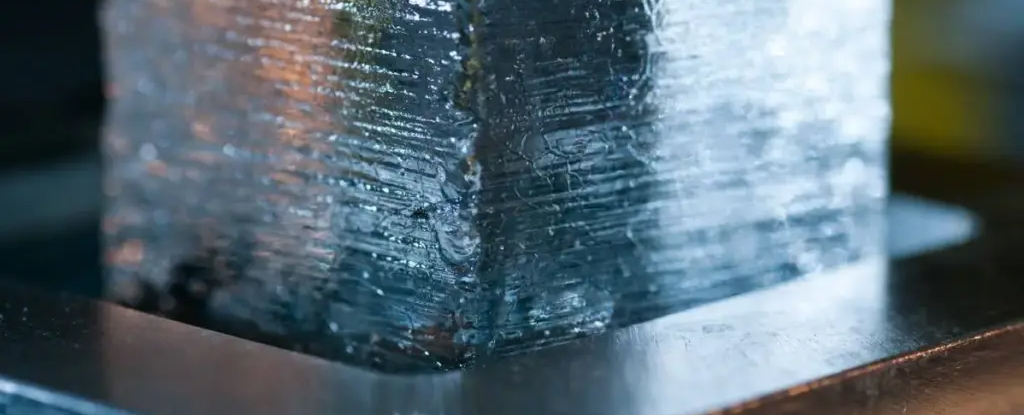
An ice core sample extracted from the European Alps has provided the first complete record of climate conditions dating back to the last Ice Age. The breakthrough, achieved by a team from the French National Centre for Scientific Research and the Desert Research Institute (DRI) Ice Core Lab in Nevada, offers essential insights into 12,000 years of environmental history. The analysis focused on a 40-meter (131-foot) ice core taken in 1999 from the Dôme du Goûter, part of the Mont Blanc range spanning France and Italy.
“For the first time, we have a fairly complete Alpine record of atmospheric and precipitation chemistry going all the way back to the Mesolithic Period,” states Joe McConnell, a hydrologist at DRI. This finding is significant because it captures two major climate states: glacial and interglacial. By documenting atmospheric precipitation chemistry across these periods, researchers can identify extreme natural aerosol concentrations that have occurred historically.
The significance of the sampling location cannot be overstated. Ancient ice found in the Alps, during a time of population growth, allows for a more accurate reconstruction of local environmental conditions. The core contains diverse particles, including dust, sea salt, sulfur, and soot, which provide a clearer picture of historical climates compared to samples taken from remote regions like the Arctic.
The ice core spans a remarkable timeline, from the era of hunter-gatherers to the advent of agriculture and animal domestication. Preliminary findings indicate that summer temperatures in the Alps were approximately 3.5 °C cooler during the last Ice Age, and overall temperatures in western Europe were about 2 °C lower than current averages.
By measuring concentrations of phosphorus, a nutrient released by plants, researchers can trace changes in vegetation throughout the ages. The data suggests that forest coverage expanded during warmer climatic periods but has diminished in modern times due to urban development and land clearing.
“It’s exciting to find the first ice core from the European Alps containing an intact record of climate that extends back through the current ten-thousand-year warm period and into the very different climate of the last Ice Age,” remarks Susanne Preunkert, a geoscientist at Grenoble Alpes University in France.
After being stored for a quarter of a century, the ice core’s age has been confirmed using advanced chemical analysis techniques, including the measurement of carbon and argon isotopes. Researchers are also examining sea salt levels to track changes in wind patterns over time. This information is crucial for developing improved climate models that connect sea salt variations, cloud formations, and solar radiation.
“If you’re really going to go back and examine all possible climate states, past and future, you need a model that captures true climate variability,” McConnell explains. “To evaluate how good the models are, you’ve got to be able to compare them to observations, right? And that’s where the ice cores come in.”
The research findings have been published in PNAS Nexus, contributing to the understanding of climate dynamics and emphasizing the importance of ice core studies in revealing historical climate states. This work not only enriches our understanding of past climates but also informs future climate predictions.






